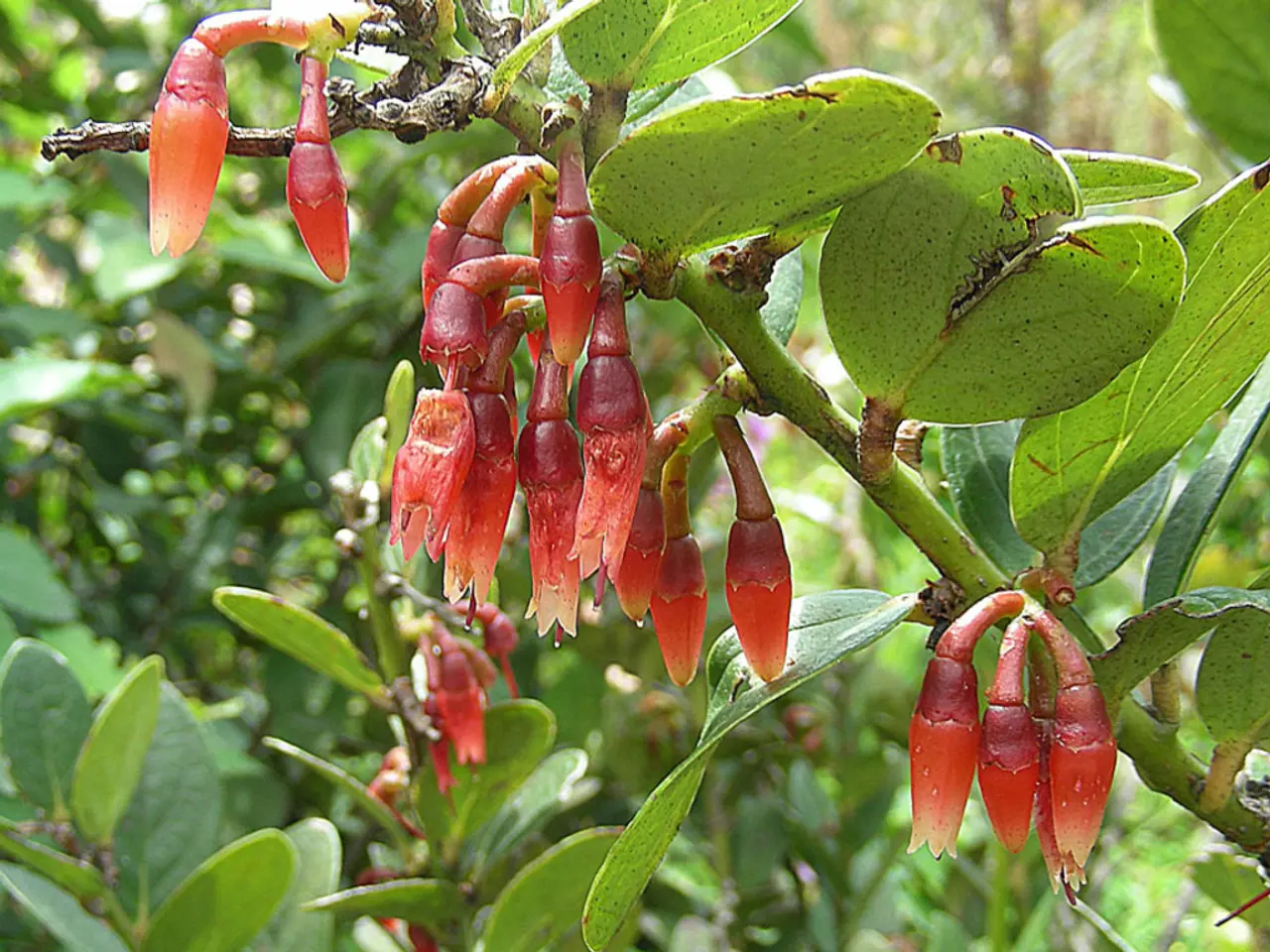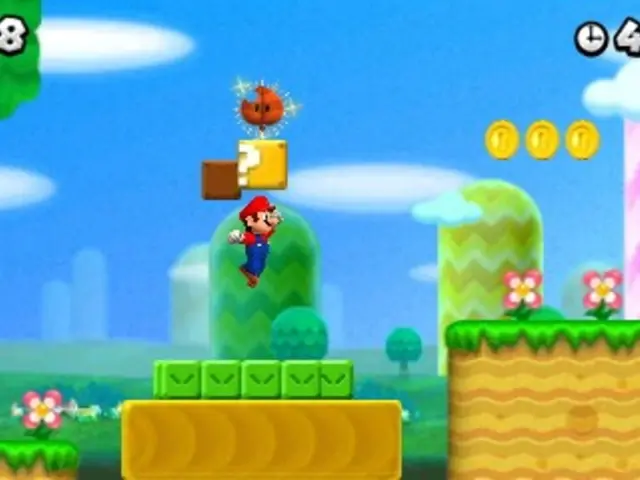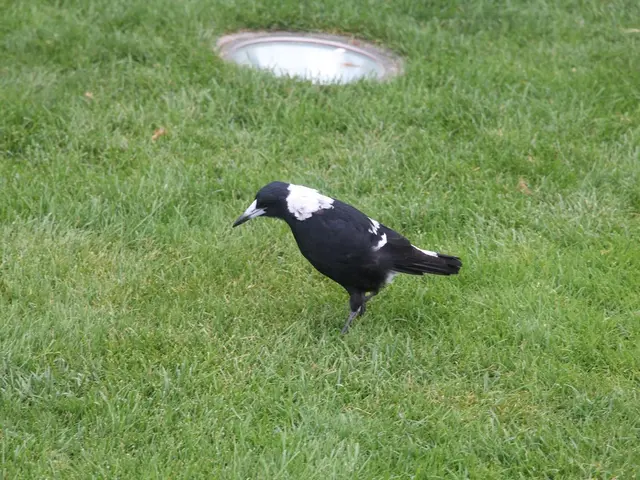Techniques for trimming dill plant revealed, promising enhanced crop yield, as shared by experts
In the vibrant world of gardening, maintaining a healthy and productive dill plant is a delight for many gardeners. This humble herb, with its distinctive anise flavour, is not only a staple in the kitchen but also a charming addition to cut flower arrangements. Here's a guide to help you prune and harvest your dill plants effectively, ensuring a bountiful supply of flavourful leaves throughout the season.
To encourage continued growth and harvest, it's essential to prune your dill plants at the right time. Start pruning when the plant reaches about 6 to 8 inches tall. This early pruning encourages branching, resulting in a bushier plant with more stems and leaves available for harvest.
Regular pruning every week or two is key to keeping your dill plant producing new foliage. Frequent cutting forces the plant to continually replace leaves instead of transitioning energy into flower and seed production. Pinch or cut the growing tips of the upper stems to promote this constant growth.
When harvesting, cut stems just above a leaf node or where branches meet the main stem. This clean cut stimulates new growth from that point and helps maintain even growth throughout the plant. Remember, avoid removing all the foliage from a single stalk, as it will cease producing new fronds.
For a clean and precise cut, herb snips or small pruning scissors are recommended. These tools are especially useful when stems get thicker or tougher than can be pinched manually. Pruning shears can also be used for cutting larger or longer stems, especially to shape or shorten the plant for aesthetics or to remove older growth.
By following these practices, you can maintain a healthy, productive dill plant that yields flavourful leaves longer into the growing season.
For those interested in harvesting dill seeds, secure a paper bag over the flowerhead as the blooms begin to pass and shake the stem of the plant. When the bag rattles, it is full of dill seeds.
Regular pruning can increase your dill yield and delay the development of flowers and seeds. Dill is an annual herb, so it does not need to be cut back for frost. There are many varieties of dill, including dwarf types like 'Fernleaf' and 'Nano' that are ideal for growing in pots and window boxes.
Allowing dill to flower is beneficial when growing it for seeds. Dill's tiny bright yellow flowers are edible and can be used for garnishing sweet and savory dishes and salads.
In summary, pruning dill at the right time, using the right tools, and following a regular pruning schedule can help maximize leaf production and flavor while prolonging the life of your dill plants. Happy gardening!
To ensure a bountiful supply of dill leaves throughout the season, regular pruning is crucial. By pruning your dill plants every week or two, you encourage new foliage growth and prevent the plant from transitioning to flower and seed production. Additionally, maintaining a home-and-garden lifestyle that includes gardening can result in a vibrant and productive dill plant, which, with its distinctive anise flavor, can be both a delicious kitchen ingredient and an attractive addition to your home-and-garden's home-garden.








